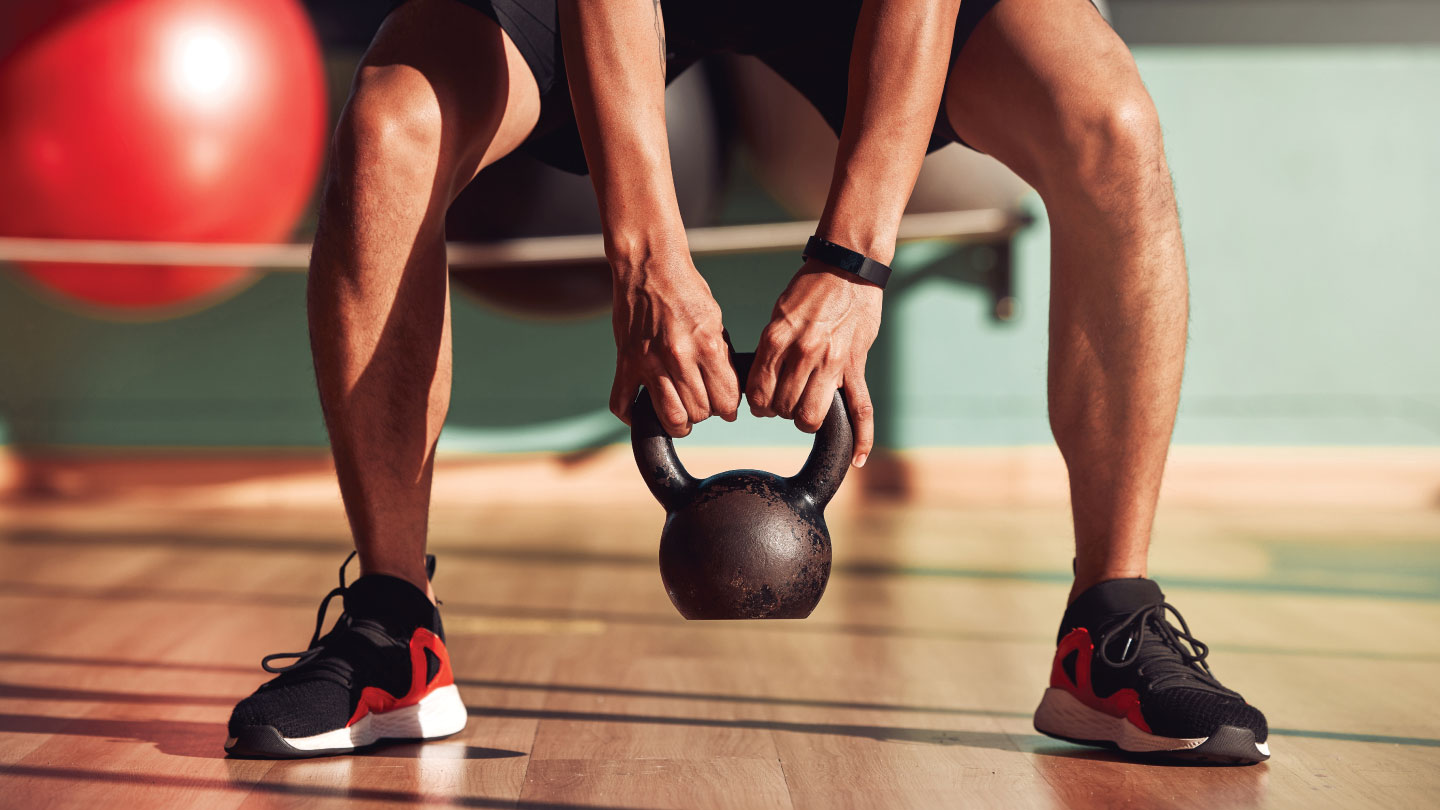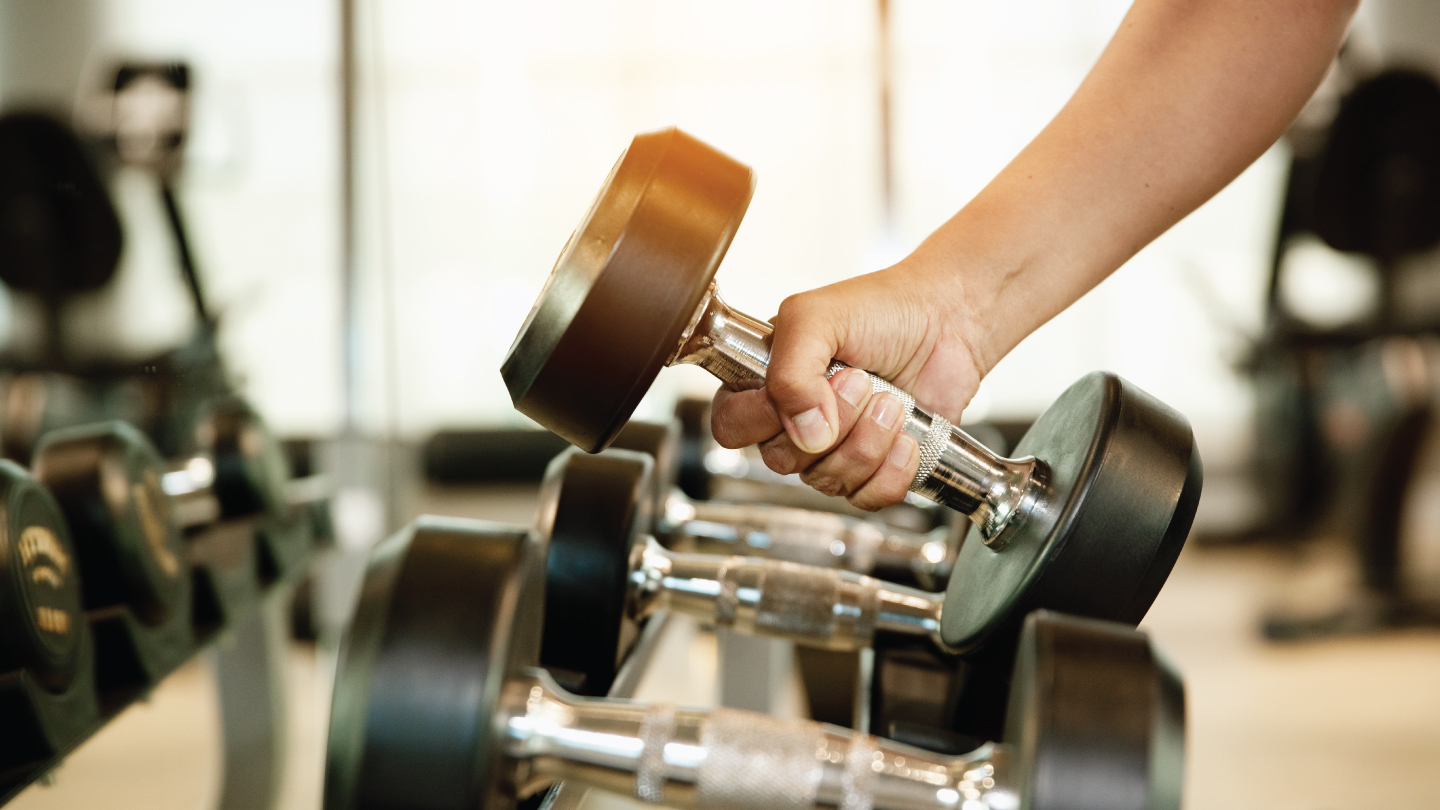Movement
8 Non-Invasive Pain Management Techniques
Find relief without surgery or medication for a pain-free life with these 8 effective non-invasive pain management techniques.

Dealing with pain, whether it's chronic pain or occasional aches, can be exhausting. Sure, medications and surgeries are common go-to's, but they’re not always the best or safest starting point. The good news? There’s a whole range of non-invasive techniques out there that can actually help ease the pain, without the side effects or long recovery times.
Unlock insider access to the best movement plans for free! Sign up today.
We spoke with Dr. Vinay Aindala, a specialist in Musculoskeletal Physiotherapy at UR.Life. He shared 8 simple yet effective non-surgical methods to manage pain naturally and we’re breaking them down for you right here.
Related story: 6 Tips to Ease Back Pain As Per Latest Research
8 Non-Invasive Pain Management Techniques
There's a whole world of non-invasive pain management techniques that are not only effective but also gentle on your body.
1. Cold and Heat Therapy: Cold and heat therapy is used when there is muscle strain, joint inflammation, arthritis, post-workout soreness, or acute injuries. As a matter of fact, cold therapy helps reduce swelling and numb sharp pain right after an injury. It’s especially useful in the first 48 hours. On the other hand, heat therapy helps manage pain, relax muscles and improve blood flow, making it perfect for chronic pain and stiffness.
Alternating between cold and heat can improve circulation and reduce overall discomfort, an easy, non-invasive treatment you can do at home.
- Cold therapy: Apply an ice pack wrapped in a cloth to the affected area for 15–20 minutes. Do this every 2–3 hours during the first 48 hours after injury.
- Heat therapy: Use a heating pad or take a warm bath for 15–30 minutes to ease stiffness and promote healing.
Related Story: Bring the Heat or Keep It Cool – The Ultimate Guide to Pain Relief
2. Therapeutic Exercises: When someone has chronic back pain, osteoarthritis, fibromyalgia, or joint stiffness, therapeutic exercises can help to reduce pain. Stretching, strengthening, and low-impact cardio exercises can enhance flexibility and reduce joint pressure. Plus, these pain management techniques help your body release endorphins, your natural painkillers.
Over time, regular movement strengthens your muscles, supports your joints, and helps control pain in a long-lasting way. Consult a physiotherapist with UR.Life to create a safe, customised rehab program.
Related Story: These 8 Habits Will Help You Live Your Best Life
3. Chiropractic Treatment: This non-invasive pain management technique is used when there are instances of neck and lower back pain, joint misalignment, sciatica, headaches, or nerve pain.
Low-force (LF) techniques are gentle and ideal for seniors or acute cases. High-force (HF) methods offer more direct spinal manipulation for faster results. Chiropractic adjustments help realign the spine, relieve pressure on nerves, and improve mobility. Before going for this, it is advisable to consult a physiotherapist to avoid any injuries.
4. Mind-Body Therapy: It doesn't matter if you're suffering from migraines, irritable bowel syndrome, chronic stress, or anxiety-related pain, pain therapy like guided imagery, meditation, and CBT (Cognitive Behavioral Therapy) helps you manipulate how your brain perceives pain. It calms the mind and reduces emotional stress to improve your overall well-being.
- Try guided meditation to visualise healing.
- Explore meditation or mindfulness for 10–15 minutes daily.
- Consider Cognitive Behavioral Therapy (CBT) with a licensed counsellor to reshape thought patterns around pain.
5. Yoga: Yoga combines gentle movements, breathing, and mindfulness to increase flexibility, improve posture, and release tension. Practicing yoga regularly helps with back pain, neck pain, joint pain, and muscle tightness, reduces inflammation, and calms the nervous system, making it a natural and effective form of pain therapy. Now, you can try yoga with the guidance of experts with UR.Life Online Yoga Classes- Click here to join now!
- Start with beginner-friendly poses like Child’s Pose, Cat-Cow, and Bridge pose.
- Join a gentle or restorative yoga class.
- Practice 3–4 times a week for consistent relief.
Related Story: Better Posture, Better Back: Yoga for A Healthy Spine
6. Breathing Exercises: Simple breathing techniques can calm the nervous system, making them a powerful, no-cost method for managing pain without medication. Slow, controlled breathing activates your body’s relaxation response, which reduces pain perception and helps with emotional regulation.
- Try box breathing. Inhale for 4 counts, hold for 4, exhale for 4, hold for 4.
- Practice diaphragmatic breathing (belly breathing) for 5–10 minutes daily.
Related story: De-stress In Four Minutes With Box Breathing
7. Music Therapy: Listening to soothing music can be a comforting escape during tough times. As per a 2021 report cited in the Sage Journal, listening to music has the ability to lower stress and emotional pain while also slowing your heart rate. With every note, music releases feel-good chemicals in your brain, helping to uplift your spirit. It doesn't just elevate your mood; it can also serve as a gentle distraction from pain, making music a non-invasive way to enhance your emotional well-being and ease your discomfort.
- Listen to slow, calming music during flare-ups or bedtime.
- Try music meditation with headphones in a quiet space.
- Use personalised playlists during therapy or recovery sessions.
Related story: 6 Exercises You Can Do At Your Desk To Ease Shoulder Pain
8. Therapeutic Massage: We understand that dealing with muscle tension can be really challenging. Massage therapy provides a gentle and effective way to ease that tension, improve circulation, and help your body find relaxation and healing. By alleviating muscle stiffness and boosting serotonin levels, massage therapy offers a comforting, natural approach to managing pain and supporting your healing journey.
- For home care, use a foam roller or handheld massager on tight spots.
- Combine with stretching or hot baths for additional benefit.
Related story: Repetitive Strain Injuries: How to Prevent, Manage, And Recover
Dealing with pain can be a deeply personal and challenging experience. However, there isn’t a single solution that works for everyone. Fortunately, there are non-invasive treatments available that provide a range of options for finding relief, without going under the knife. Whether you're facing daily discomfort or working through the recovery process after an injury, these techniques can empower you to manage your pain and reclaim your life.
Unlock insider access to the best movement plans for free! Sign up today.
UR Life Studio offers the following programs under its Lifestyle Management and Therapeutic Programs (LMTP) unit:
- Cardiac Rehabilitation
- Pulmonary Rehabilitation
- Neuro Rehabilitation
- Ortho Rehabilitation
- Paediatric Rehabilitation
- Geriatric Rehabilitation
- Obesity Management
- Diabetes management
The following are the USPs of LMTP:
- Holistic Rehabilitation Approach: involves the medical, physical, and mental aspects of overall health
- Telemetry Supervised Rehabilitation: a state-of-the-art technique to provide optimal health care
- Hydrotherapy
- Six Minutes Walk Test
- Hydraulics (circuit training studio)
- VO2 max testing (equipment under servicing)
- Myo motion analysis (equipment under servicing)
- Detailed Physical Assessment
- Wellbeing Counselling
- Diet Counselling
EXPLORE MORE
These kettlebell lower body exercises target different muscle groups in both men and women, improving balance, increasing overall performance, and helping sculpt lean legs.
Thinking of running your first marathon? Running coach Suresh Srinivasan breaks down everything you need to know—from building a solid base to race-day mindset.
From diet to movement, here’s how to make your bones fracture-resistant.
You’ve done yoga on a mat; now discover the practice that literally lets you fly while toning your core and calming your mind.







.jpg)

.jpg)
